What to do with Hyacinths after flowering to make the most of these fragrant favourites
Follow these expert-approved steps to ensure generous returning blooms next spring


Hyacinths are famously fragrant flowers that fill spring gardens with joy until they slowly start fading away. But fear not, experts say they will return bigger and better blooms next spring with a little know-how.
These spring showstoppers are the ideal garden trend for engaging the senses, scenting the landscape with floral perfume while displaying a canvas of vibrant colours throughout beds and borders. Not to mention, being one of the easiest spring flowers to grow, despite such bountiful rewards.
The fragrant tubular stems flower between March and May, depending on the weather, lasting for up to 6 weeks – adding vibrant colour to your garden beds, borders and pots. But what happens after this time?
Should you cut them back, similar to what to do with daffodils after flowering and what to do with tulips after flowering, or does this damage the prospect of them flowering next year?
We've spoken with leading gardening experts to gain the best advice on what to do with hyacinths after flowering to ensure they return year after year more glorious than the last.
What to do with hyacinths after flowering: expert tips
Similar to deadheading peonies or pruning roses it's essential to master the way to help your hyacinths be the best they can be year after year.
"For hyacinths to come back each year with the same vigour, post-flowering care is key," says Jane Dobbs, a garden expert and team lead at professional gardening services Allan's Gardeners. "They can weaken if they don't get the right care, meaning they won't bloom."
Sign up to our free daily email for the latest royal and entertainment news, interesting opinion, expert advice on styling and beauty trends, and no-nonsense guides to the health and wellness questions you want answered.
Like many perennial spring flowers, the key is to let the bulbs absorb as much goodness as possible. "After flowering, hyacinths go into energy storage, where they gather nutrients for the next blooming cycle," Jane explains.
"Hyacinths go dormant after 8-12 weeks. After the flowers die, the leaves will wither. By mid-summer, they're dormant until spring. You need to remove the spent flowers after blooming to prevent the plant from going into seed production. When you deadhead a bulb, you help it conserve energy for next year."

Gardening is Jane's passion, having built and maintained stunning outdoor spaces for over a decade. Taking care of all the garden projects at Allans' Gardeners is her responsibility as lead gardener. A wide range of horticultural practices come into play in Jane's work, from landscape design to plant and lawn care.
Only remove the flower heads now: "Keep the leaves intact, as they continue to photosynthesise and provide energy for the bulb. Remove leaves only after they've yellowed and died back naturally."
"Cutting too early can weaken the bulb," warns Jane. "The foliage will still be green at this point, so let it die naturally."
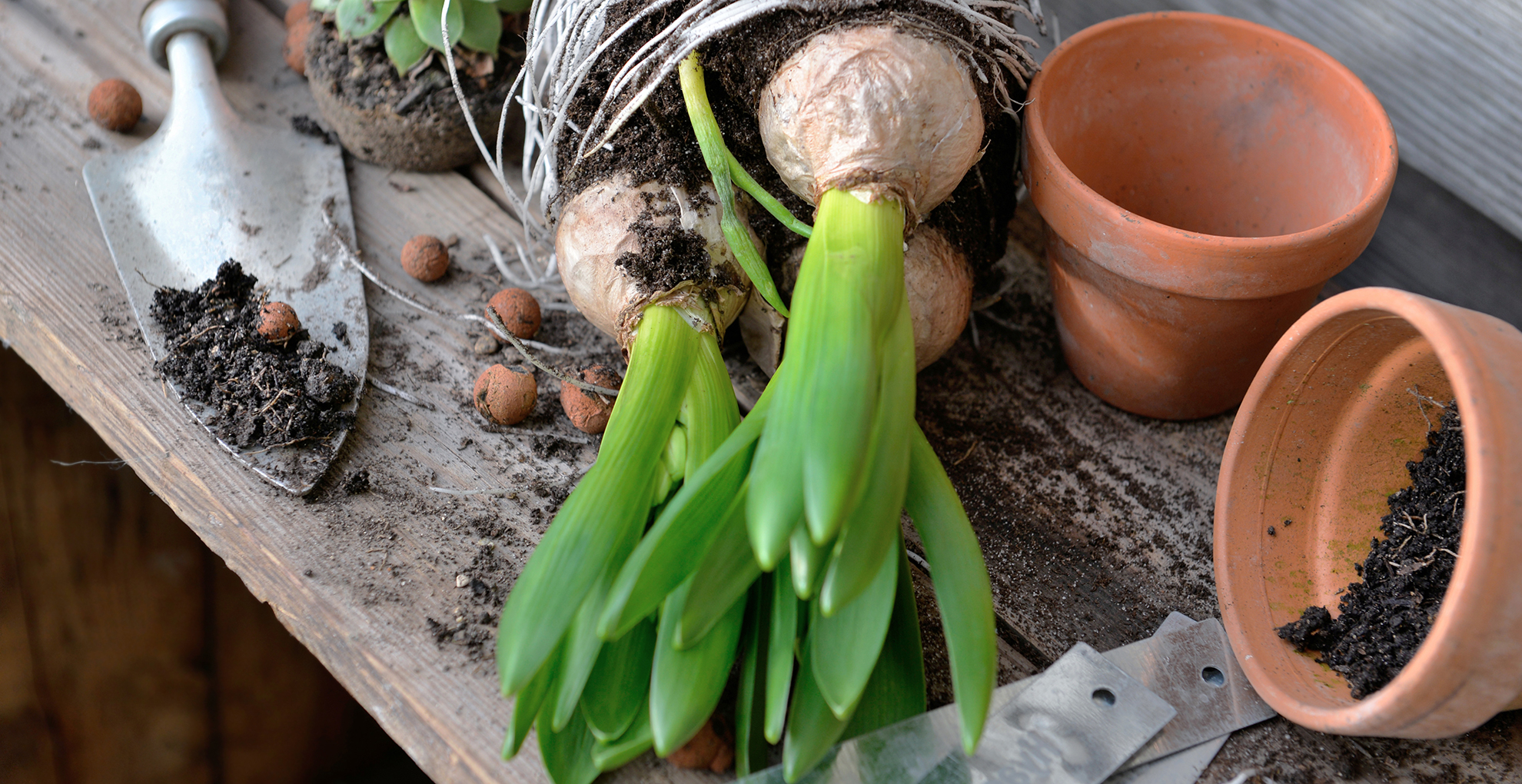
Jane explains how a light feed of bulb fertiliser after blooming helps your hyacinth bulbs grow to provide better future blooms. "It helps replenish nutrients depleted during flowering.
"Nourish the foliage with a balanced fertiliser and ensure the soil is moist but well-drained until the leaves die back. When the plant goes dormant, you need to water less. During the post-flowering phase, make sure the plant gets enough sunlight."
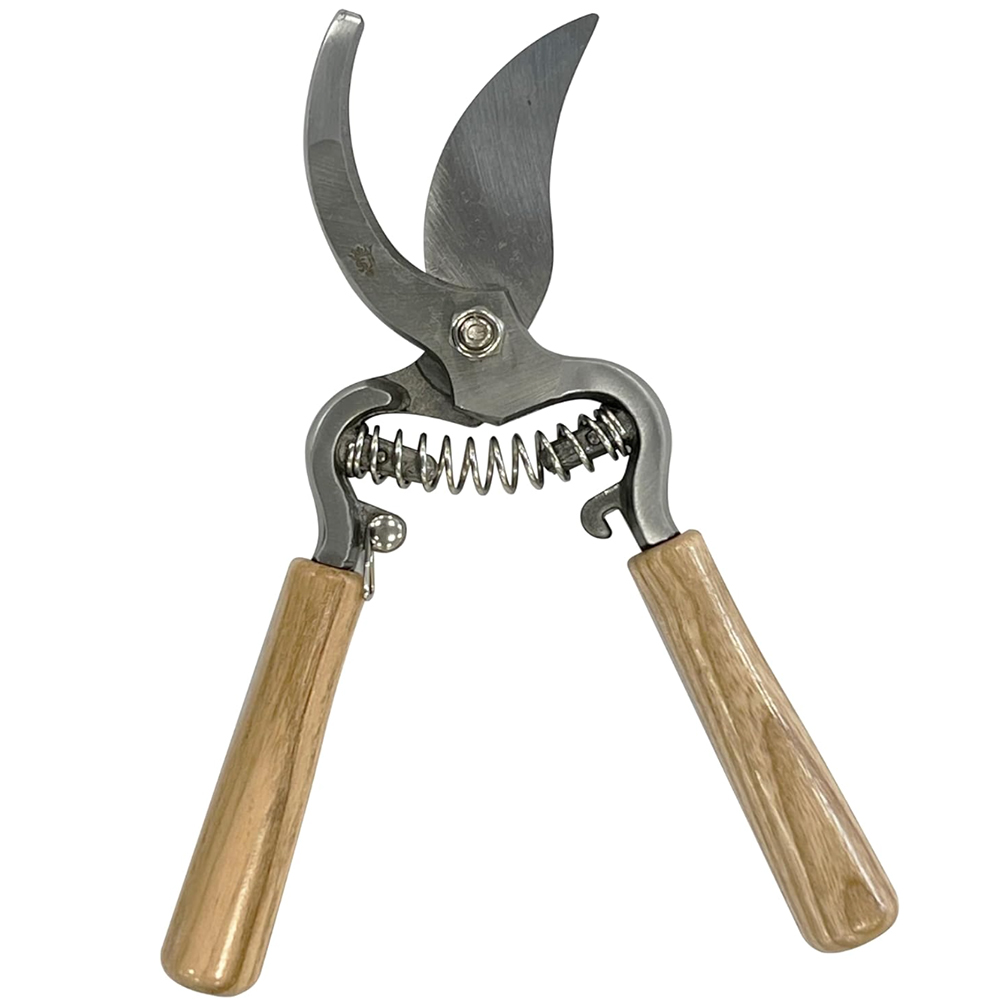
RRP: £22.99 | These professionally designed secateurs are ideal for cutting the stems with a clean precision to ensure your garden looks neat and tidy while tending to your hyacinths.
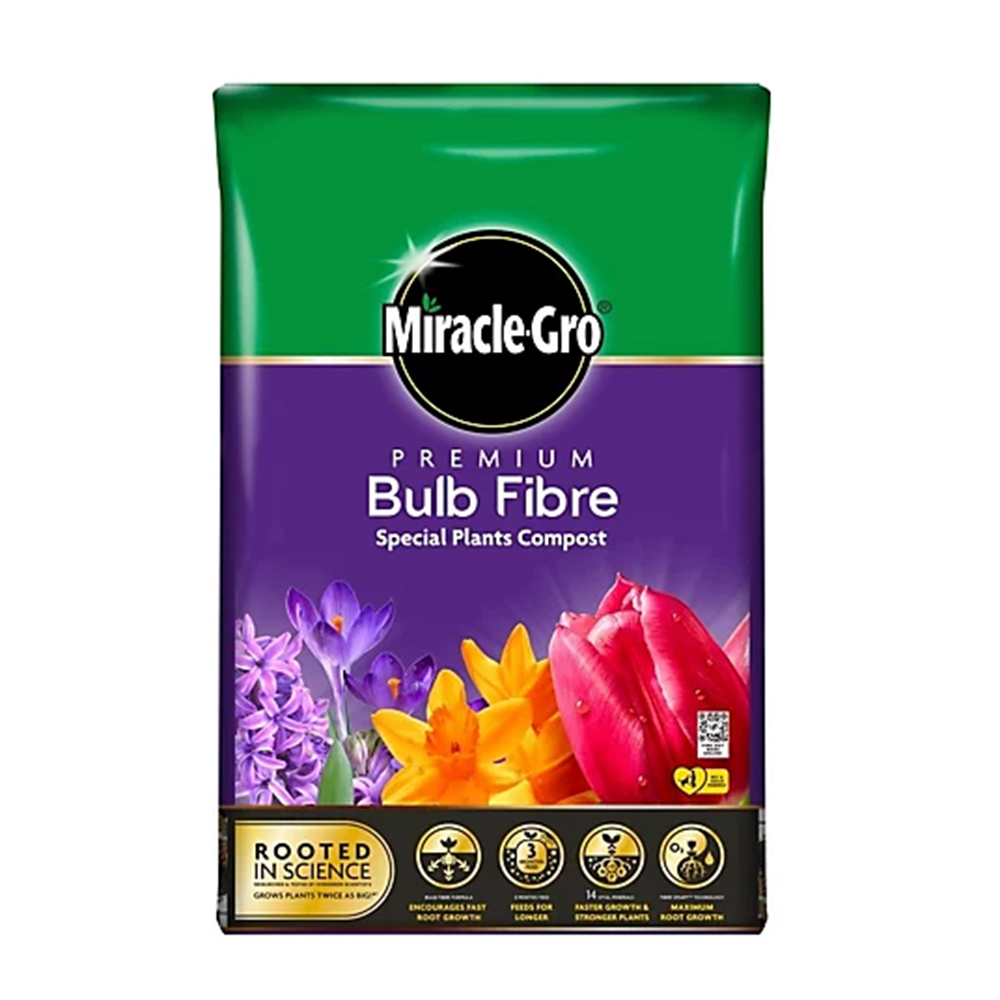
RRP: £8.89 | Miracle-Gro's specially developed feed is made to deliver all the essential ingredients and nutrients to help give bulbs the best chance of thriving when it becomes time to bloom
FAQs
Do you cut hyacinths back after flowering?
"Look for wilted, faded flowers and cut the stalks back to the base with pruning shears," Jane advises. But leave the leaves until they also die back some weeks later.
The best practice is to deadhead the petals, like when deadheading peonies, but leave the leaves intact for as long as possible (ideally 6 weeks or so) for the foliage to absorb sunlight to feed the bulbs below the surface.
Think of it as if the bulbs are solar-powered, the more energy they store now the better the health of the bulb for beautiful flowers next spring.
Can you leave hyacinth bulbs in the ground all year?
Once the hyacinth is dormant and you've removed the dead foliage you don't need to do anything with the bulbs until it's time to bloom again next year – you don't need to feed or water.
"To make the most out of your hyacinths, allow the foliage to die back once they have bloomed then you can lift the bulbs," advises Chris Bonnett, founder of GardeningExpress.co.uk. "Remove any damaged ones and store the remaining in a cool and dry place before they are ready for replanting in Autumn."
Jane adds: "Be sure to clean off the soil and store them in a mesh or paper bag. But before storing let them dry in a shaded, airy place for a few days. Put them in a paper bag or a wooden crate lined with newspaper to prevent mould."
Hyacinth bulbs can be subject to rotting if the soil is too damp for too long, so it's often a good idea to uproot them anyway in case the forecast is a washout.
Here's what you need to lift your bulbs and store them safely...
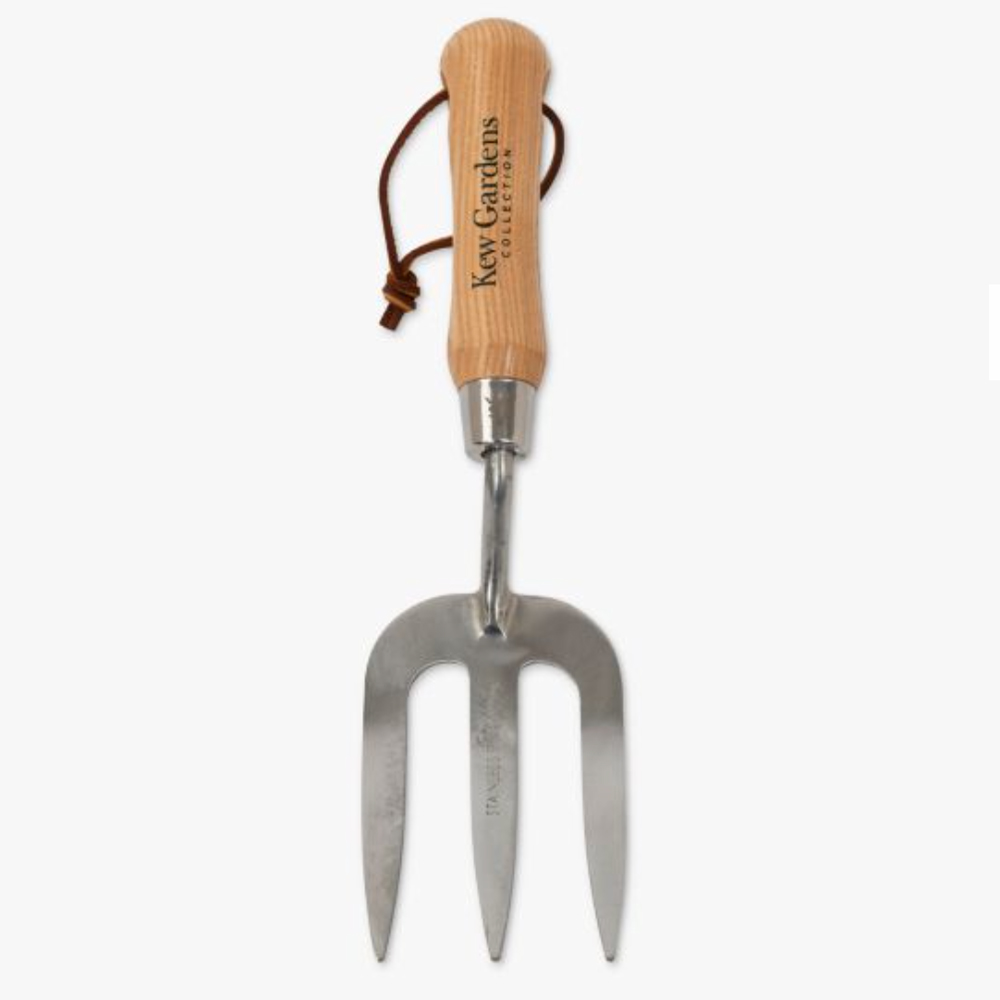
RRP: £16.99 | Developed by Spear & Jackson in conjunction with Kew Gardens's horticultural team this weeding fork is ideal for the job and an essential garden tool to tackle all future gardening tasks.
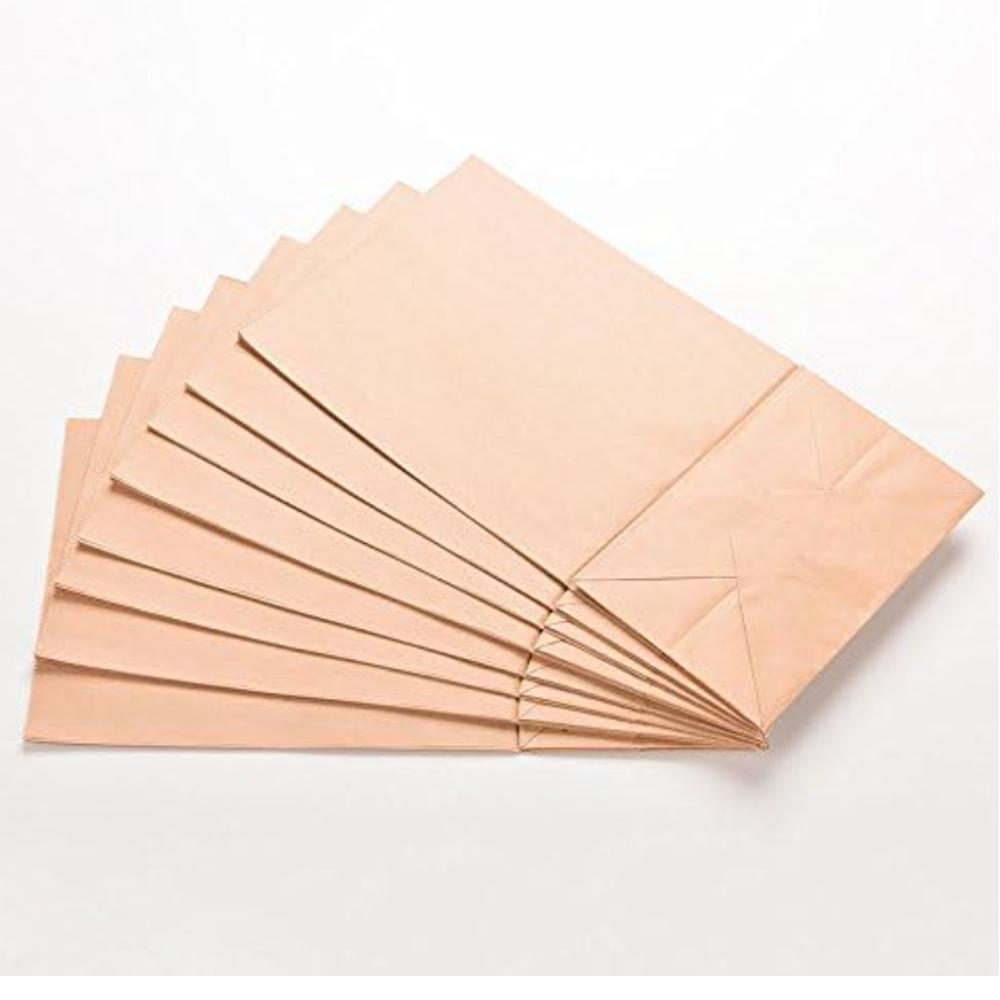
RRP: £4.99 for 20 | These heavy-duty bag plain kraft paper gift bags are ideal for storing plant bulbs to keep them aerated but dry. Plus they are recyclable & eco-friendly.
"Do not touch your hyacinths until spring," says Jane. "Start exposing it to light gradually, and new shoots should start coming up. Because hyacinths reproduce through daughter shoots, they'll take up more room every year. Move the plant, while it's still dormant, into a bigger pot, or plant it outside in your garden so it has more space to grow."
Hyacinths are one of the most popular flower varieties to dress flowerbeds and borders with all the colours of the rainbow, alongside the new wildflower garden border trend – and best of all they welcome a floral fragrance like no other. What's not to love about these spring essentials? Now is the time to nurture your bulbs to ensure they grow bigger and better next year.

Tamara is a highly experienced homes and interiors journalist with a career spanning over 22 years. Now the Lifestyle Editor of womanandhome.com, she previously spent 18 years working with the style teams at Country Homes & Interiors and Ideal Home. With these award-winning interior teams, she gained a wealth of knowledge and honed her skills and passion for styling and writing about every aspect of lifestyle and interiors.
A true homes and interiors expert, Tamara has been an ambassador for leading interior brands on multiple occasions, including appearing on Matalan’s The Show and presenting at top interior trend forecasting events such as the Autumn Fair and Spring Fair.